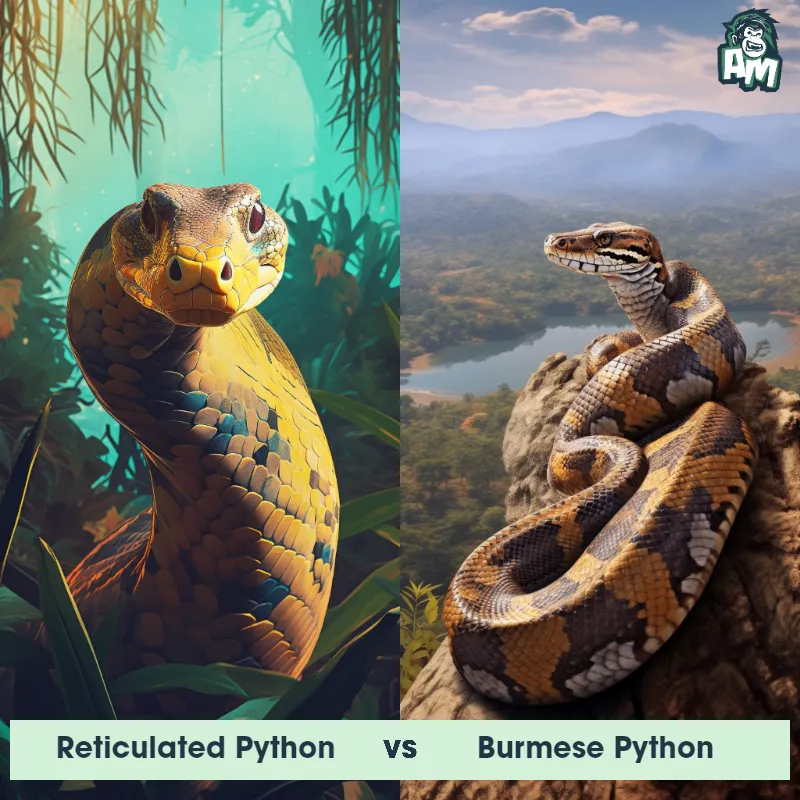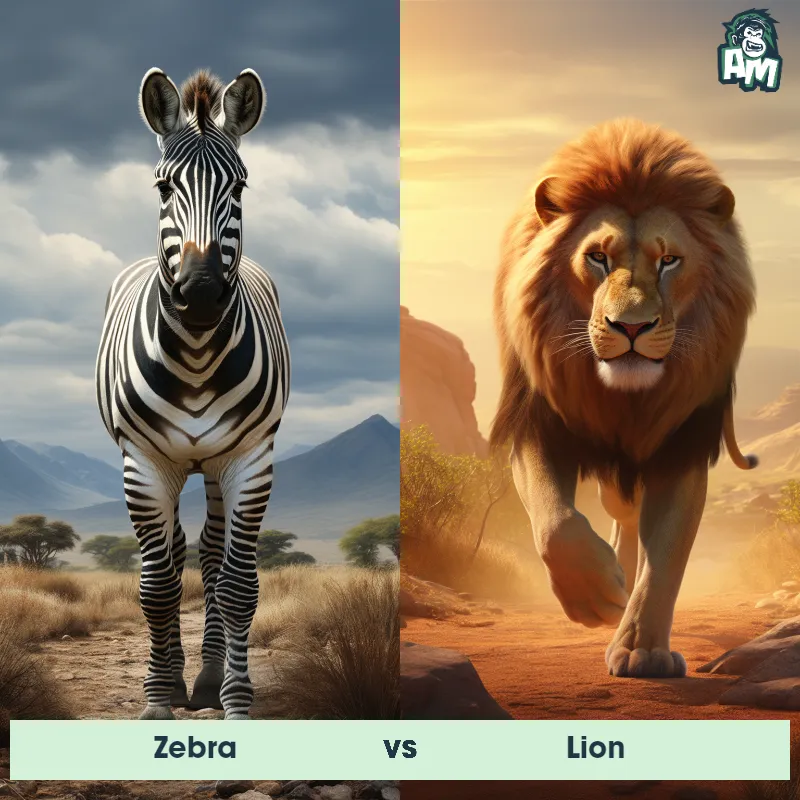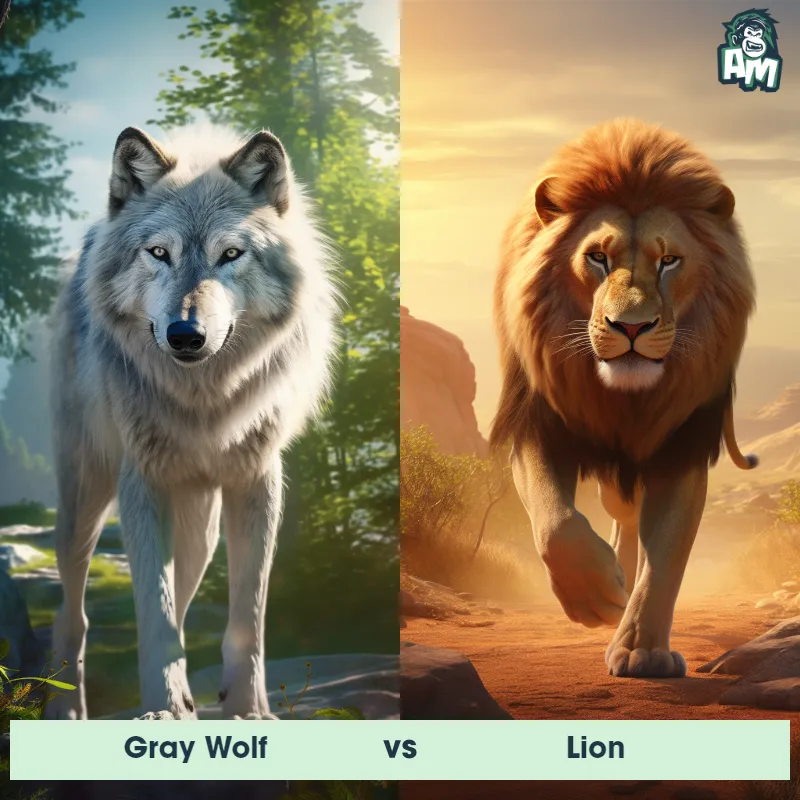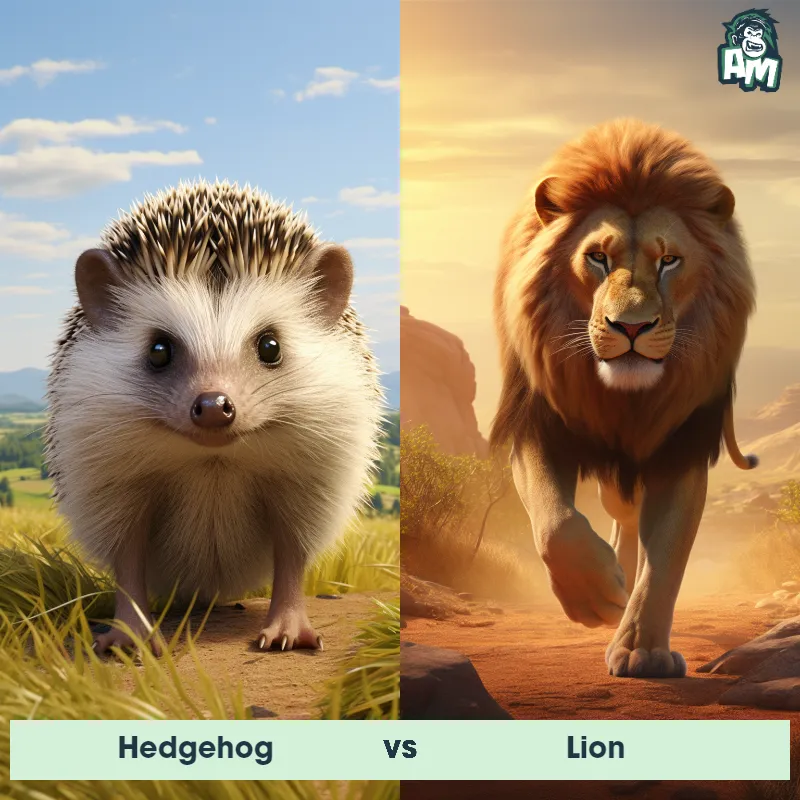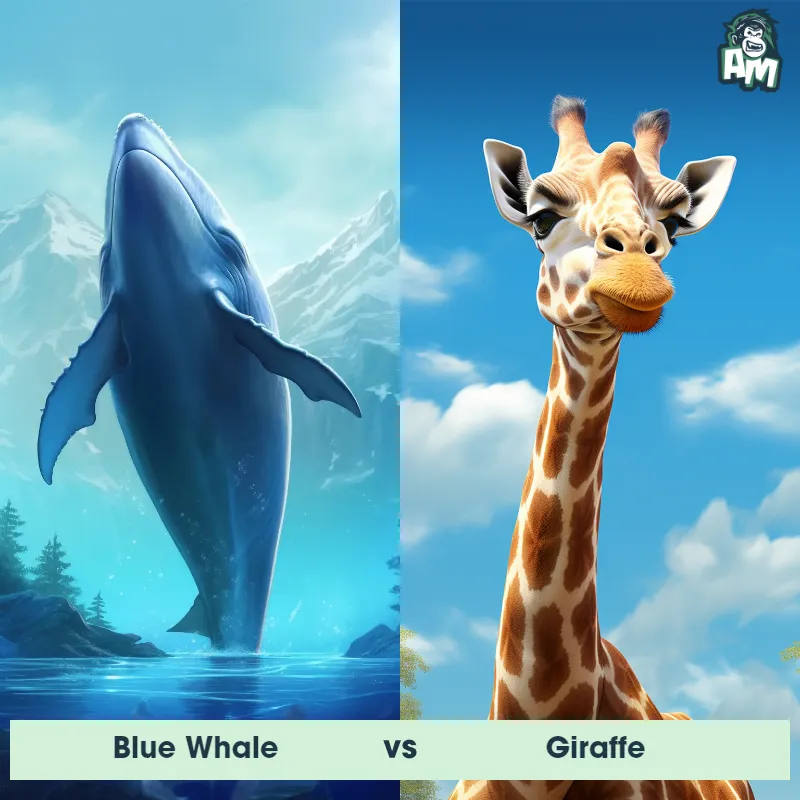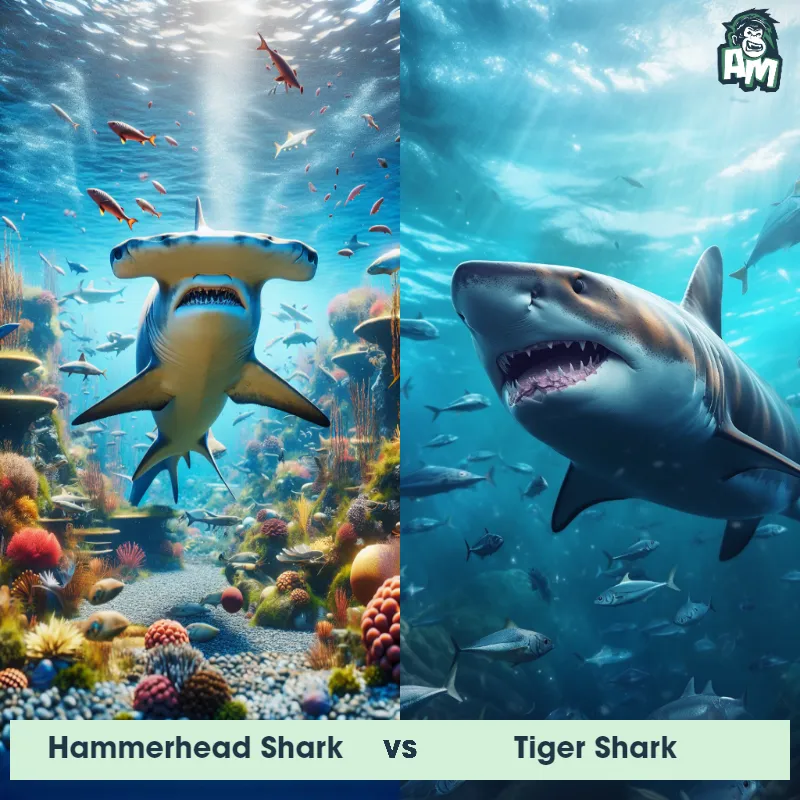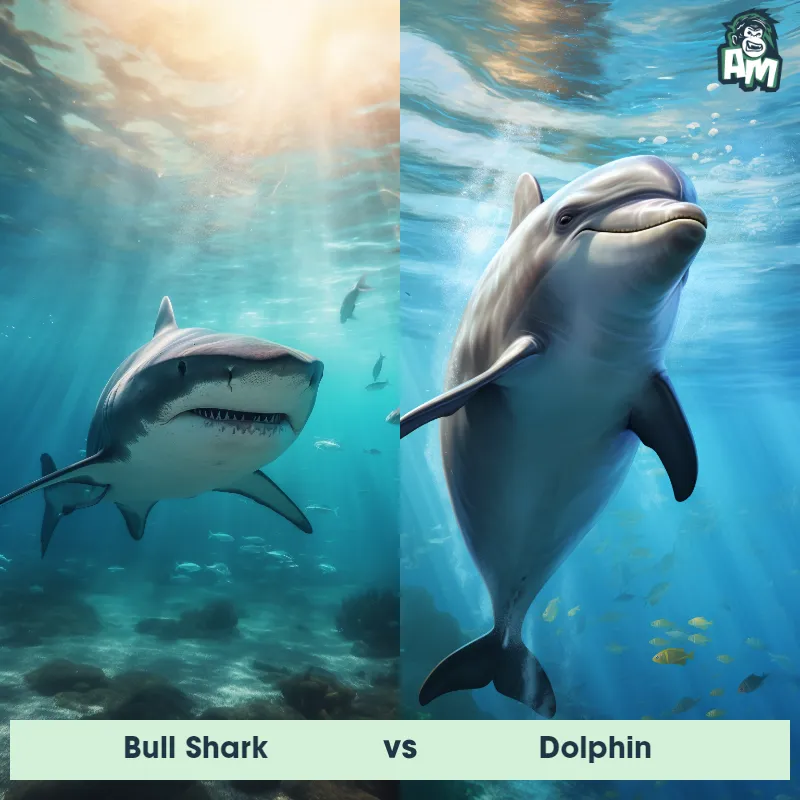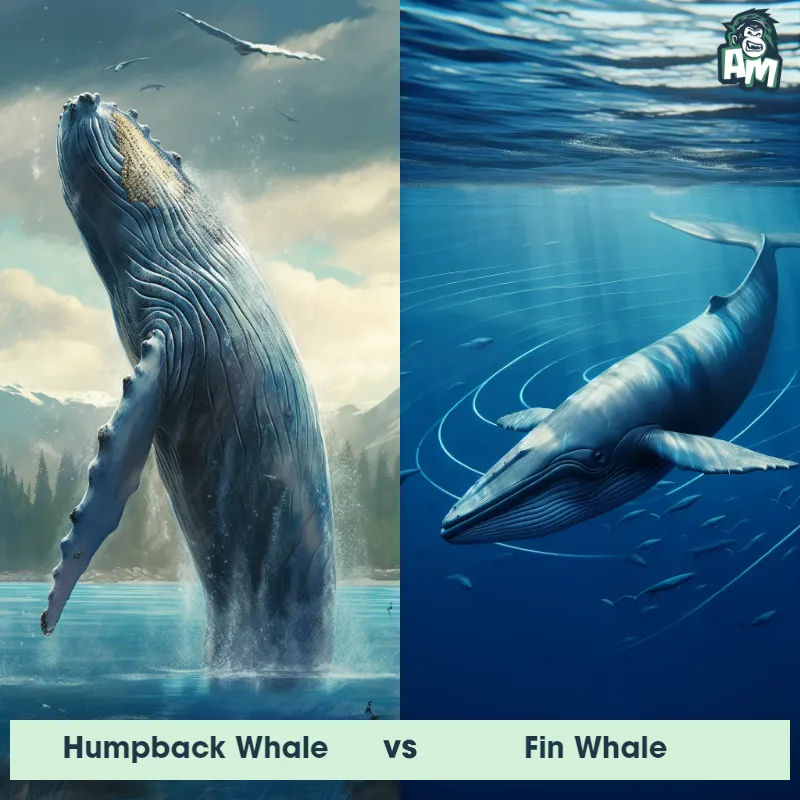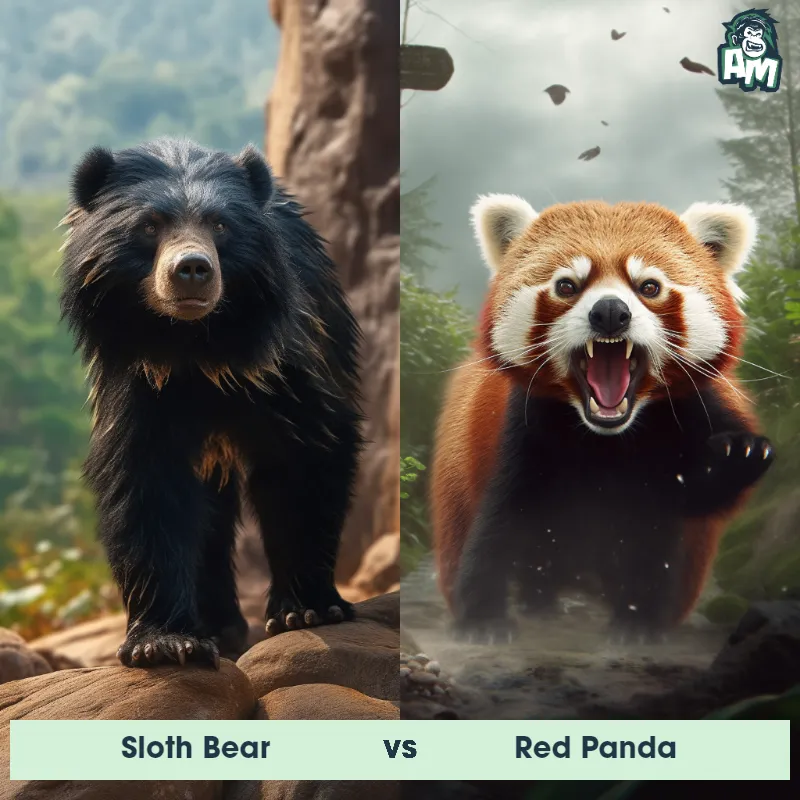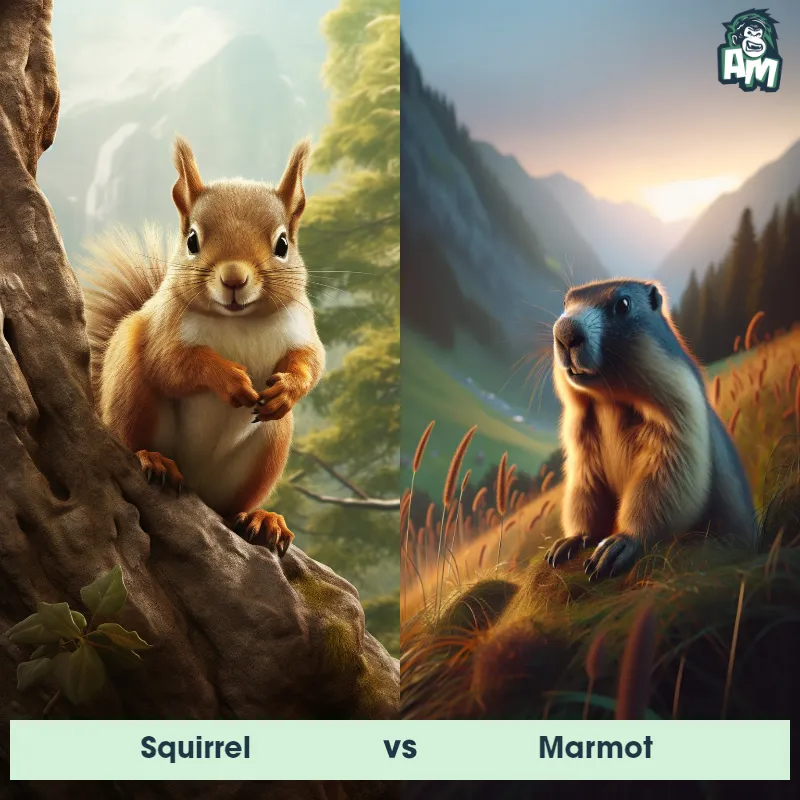Lion vs CaracalSee Who Wins

Ladies and gentlemen, welcome to this thrilling matchup between two incredible predators! We have a lion and a caracal facing off in a fierce battle for dominance. This is nature at its most intense, folks, so get ready for three rounds of heart-pounding action!
Contender 1: Lion
The lion, often referred to as the 'king of the jungle,' is a large, powerfully built cat known for its tawny coat and, in males, a magnificent mane. They are native to Africa and a small region in western India. Adult male lions can weigh up to 420 pounds, while females, who are primarily responsible for hunting, are slightly smaller. Lions are social animals and live in groups called prides, which are usually composed of related females, their cubs, and a small number of adult males.
![[object Object] Gif](https://tenor.com/view/lion-yawning-yawn-tired-exhausted-gif-12230852.gif)
Fun Fact: Lions are the most socially inclined of all wild felids, most of which remain quite solitary in nature.
Contender 2: Caracal
The Caracal, also known as the African Lynx, is a medium-sized wild cat found primarily in Africa, the Middle East, and parts of Asia. It possesses a sleek and muscular body, standing about 40-50 cm at the shoulder, with a weight ranging between 13-20 kg. This agile predator is known for its distinctive tufted ears, which are long and black, and tipped with long white hairs. Its fur is typically reddish-brown or tawny, with a white belly and prominent black markings above its eyes, resembling smudged tears.
Fun Fact: The Caracal is a remarkable jumper and can leap to impressive heights, reaching up to 3 meters in the air from a stationary position, making it one of the highest-jumping animals in proportion to its body size.
Matchup Stats
| Lion | Caracal | |
|---|---|---|
| Size | 4.5 to 6.5 feet long (body length), 3.5 to 4 feet tall at the shoulder (1.4 to 2 meters long, 1 to 1.2 meters tall) | 40-50 cm at the shoulder (16-20 inches) |
| Weight | Up to 420 pounds (190 kilograms) | 13-20 kg (29-44 pounds) |
| Speed | 50mph (80km/h) | 50mph (80km/h) |
| Key Strength | Powerful build, strong jaws, sharp claws | Agility and powerful jumps |
| Biggest Weakness | Less agile compared to other big cats, dependent on strength and power | Not particularly known for its strength in physical combat |
Current Votes
Lion vs Caracal
See Who Wins
View More Matches
Looking For More?
Similar Matches
Scientific Stats
| Lion | Caracal | |
|---|---|---|
| Scientific Name | Panthera leo | Caracal caracal |
| Family | Felidae | Felidae |
| Habitat | Grasslands, savannas, dense bush, and woodlands | Various habitats including savannas, woodlands, scrublands, and semi-deserts |
| Geography | Africa and a small region in western India | Africa, the Middle East, and parts of Asia |
| Diet | Carnivorous, primarily large ungulates | Mainly small to medium-sized mammals (such as rodents, hares, and antelope), birds, and occasionally reptiles |
| Lifespan | 10 years - 14 years | 10 years - 15 years |
Key Differences between Lion and Caracal
- Tail: Lions have a long, tufted tail extending from their hindquarters, which aids in balance and communication, while the Caracal's tail is relatively short, barely extending past its body.
- Coloration: Lions display a tawny or golden fur color, while Caracals have short, dense fur that varies from reddish-brown to sandy gray, often with a lighter underbelly.
- Habitat: Lions predominantly inhabit grasslands, savannas, and open woodlands, while Caracals are more adapted to arid regions such as deserts, semi-deserts, and scrublands.
- Facial features: Lions have a large head with a prominent nose, powerful jaws, and a set of sharp canines. Caracals, on the other hand, have relatively smaller heads with short muzzles and distinctive tufted ears.
- (Word count: 197)
- Size: The Lion is much larger than the Caracal, with adult males weighing between 330 to 500 pounds and measuring up to 10 feet in length, while the Caracal is significantly smaller, weighing around 40 pounds and measuring between 32 to 40 inches in length.
- Mane: Only male Lions possess a majestic mane, ranging in color from blonde to black, while Caracals lack such a distinctive feature.



